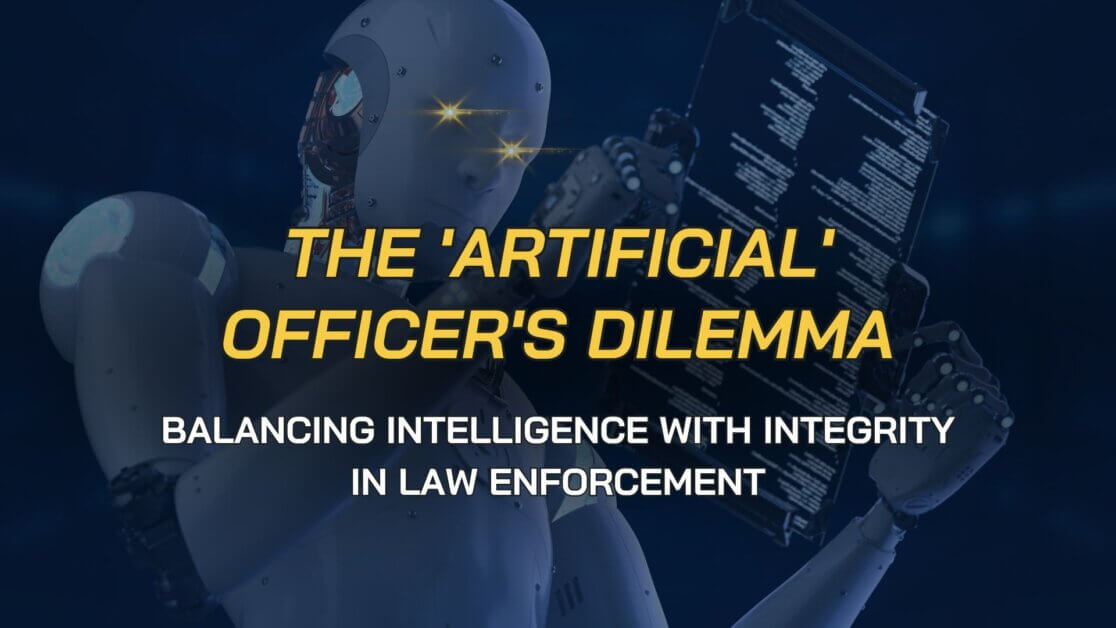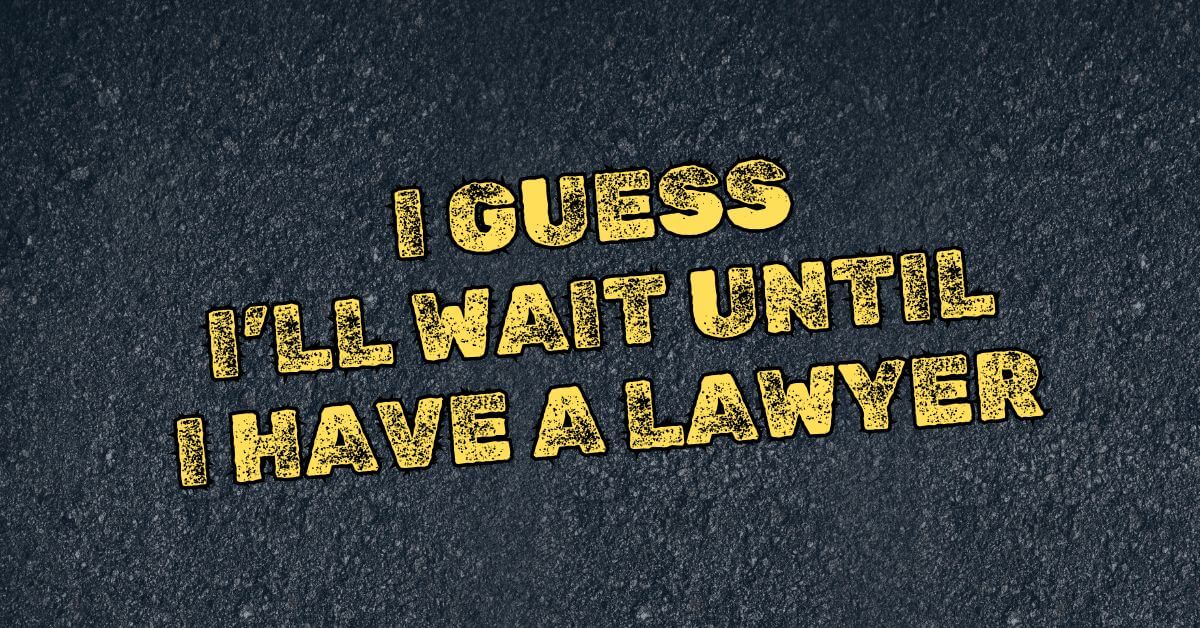Today our case handles a situation involving a protective order and an impoundment. Because our case took place in the Tenth Circuit, there are some pretextual guidelines to consider when it comes to vehicle impoundment:
- Whether the car is on private or public property;
- Whether the property owner has been consulted;
- Whether an alternative to impoundment exists, especially the availability of someone else to drive the car;
- Whether the car is implicated in a crime; and
- Whether the driver or owner has consented to the impoundment.
Many times, a vehicle impoundment can only happen when an incident is occurring in a public way, not on private property. Officers in today’s case stretched the line a bit too much when it came to a vehicle search, and it did not serve them well.
FACTS
An individual called the police and stated that Evan Woodard had violated a protective order, may have smoked PCP, and that he had three previous gun cases. After talking to the caller, the police discovered that Woodard had an outstanding warrant for misdemeanor public intoxication. Officers began looking for Woodward, planning to serve him with the protective order and execute the warrant.
Officers found Woodard in Tulsa, Oklahoma, at about 8:00 a.m. and initiated a traffic stop. Woodard pulled into a parking lot at a QuikTrip convenience store and stopped there. The officers told Woodard to get out of the car, arrested him based on the warrant, and took his cellphone. Woodard then asked if he could call someone to pick up the car. One of the officers responded, “I don’t think so.” The officers decided to impound Woodward’s car pursuant to the Tulsa Police Department’s standardized impoundment policy. This policy generally restricts impoundment to removal of vehicles from a public space, but it allows impoundment from private property when the traffic stop follows an offense committed on a public way.
Two officers then opened the front doors and began to search the car. One officer looked in the panel on the driver’s side door and on the floor under the driver’s seat, saying that Woodard was “fighting a huge drug case (based off of the caller’s tip).” The other officer replied that Woodard liked PCP. As the officer replied, he opened the center console, stating that he was looking for verification of car insurance, while expressing doubt that Woodward had insured the car. After seeing no verification in the center console, he eventually found proof of an old insurance policy in the glove compartment.
By then, however, another officer had found marijuana, cocaine, a digital scale, and a gun. With that evidence, the police obtained a warrant allowing access to text messages on Woodard’s cellphone. Those text messages provided evidence of drug dealing.
Based on the messages found on the cellphone, the government charged Woodward with drug and firearm-related crimes stemming from the Tulsa traffic stop and from a previous stop in which drug evidence had been seized from his car.
Woodward filed a motion to suppress the evidence found during the Tulsa stop, including the drugs, the gun, his cellphone, and the digital scale. Woodward argued that: 1) the Tulsa Police Department’s policy had not authorized impoundment of his car because he had not committed an offense on a public way, and 2) the officers ordered impoundment as a pretext to search vehicle for criminal evidence. The district court denied the motion and Woodward appealed.
TENTH CIRCUIT COURT OPINION
The Tenth Circuit Court of Appeals agreed with Woodward. First, the court held that the Tulsa Police Department’s standardized impoundment policy did not authorize the impoundment of Woodard’s car. The officers stopped Woodward to serve a protective order and execute a warrant for public intoxication. The stop occurred in the QuikTrip parking lot, which the government did not dispute was private property. As such, the court reasoned that the policy only permitted the officers to impound Woodard’s vehicle from private property “when the offense the vehicle was initially stopped for occurred on a public way.” The court held that the stop of Woodard to serve the protective order and to execute the arrest warrant for public intoxication did not constitute an “offense.” Because no offense took place on a public way, the court held the policy did not allow the officers to impound Woodard’s vehicle.
Next, the court held that the officers’ decision to impound Woodard’s vehicle was pretextual. An impoundment is pretextual when the police are seeking evidence of a criminal violation rather than acting to safeguard the vehicle or its contents to promote public safety or convenience.
In reviewing the Tenth Circuit’s five factors that were previously mentioned, the court concluded that every factor pointed to pretext. First, Woodard’s vehicle was on private property, where public safety and convenience are less likely to be at risk. Second, the officers did not consult the QuikTrip employees to see if they wanted the vehicle impounded. Third, the officers had an alternative to impoundment, as Woodard asked the officers if he could call someone. However, the officers refused, without providing an explanation. The court added that neither party raised the issue of whether the police have a duty to allow an arrestee to contact someone else to pick up a vehicle before impounding it. Regardless, the court noted this issue had nothing to do with whether alternatives existed to impoundment. Fourth, the government conceded that the vehicle was not implicated in a crime, so there was no need to preserve evidence by impounding the car. Finally, Woodard did not consent to impoundment.
The court further held that the officers’ comments and actions showed pretext. First, before searching the vehicle, while discussing how to proceed, an officer declared his intent to “friggin light [Mr. Woodard] up with whatever we can.” Next, as the officers started the search, one officer said that Woodard was fighting a big drug case and facing three gun charges. Third, another officer commented that Woodard liked PCP, adding that he began his search in the center console area because Woodard had been “digging around” there. Finally, an officer repeatedly stated that he was searching the vehicle for a valid insurance card despite expressing doubt that one existed and without asking Woodard for an updated card, contacting the insurance company, or checking an available database. The court found that these comments and actions showed the officers’ intent to look for criminal evidence rather than to safeguard the vehicle and its contents.
Because the Tulsa Police Department’s standardized policy did not apply and the officers’ stated reasons for impoundment of Woodard’s vehicle was pretextual, the court held that the district court erred in denying the motion to suppress the evidence found during the search.
TAKEAWAYS
This case raises a few points that need to be addressed. First and foremost, it is always important to stay up to date on state and department mandates and policies. Tulsa had good policy in place that would have told these officers that their search was out of bounds. Check in on your state and department policies when it comes to vehicle impoundment and pretext. Officers here may have been able to try and get a search warrant for the suspect’s vehicle based off their phone tip and other warrants that were out for Woodard’s arrest. If they had followed the proper procedure here, then this case could have gone very differently for Mr. Woodard.
United States v. Woodard, 2021 U.S. App. LEXIS 22443 (10th Cir. OK July 26, 2021)
Take the next step in your training journey
Keep up-to-date on current trends and training in law enforcement. Our weekly online training program, Path of the Guardian, is the better and most efficient way to achieve your training goals.



